ONIBUS COFFEE, a popular cafe in Tokyo, shares the golden proportion of hand-brewed coffee.
For professional baristas, please follow the coffee workshop (Wechat official account cafe_style)
Put forward a proposal for a good life by setting up a coffee shop
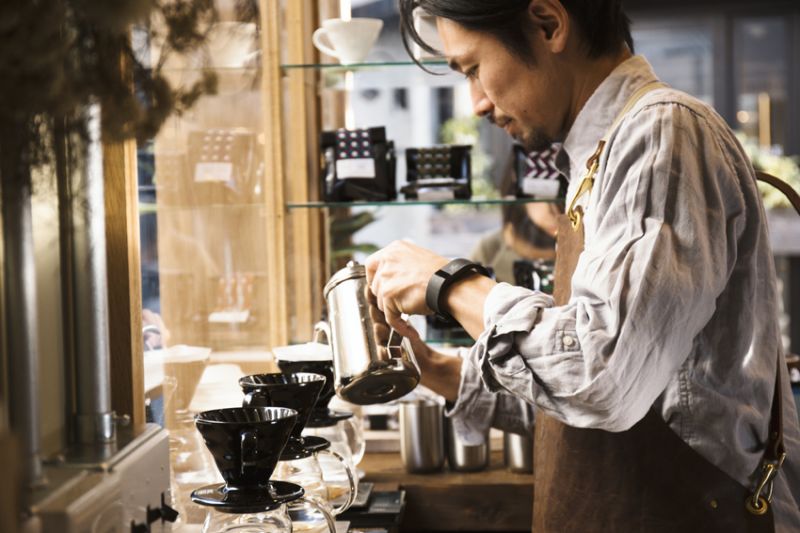
In order to promote coffee culture, he went to African coffee producing areas to pick beans and choose beans, in a step-by-step and down-to-earth way, to implement his professional-like coffee belief.
Hiroshi Sakao, who used to work in Paul Bassett, Australia, is fascinated by the local exquisite coffee culture and hopes to bring it back to Japan. After returning to Japan, he first worked in a coffee shop, and his boss won the title of best barista, which influenced him a lot. 2 ○ in 2012, he founded his first ONIBUS COFFEE in Tokyo, but this exquisite coffee culture had not yet prevailed in Tokyo, so in 2014, he opened a second store, ABOUT LIFE COFFEE BREWERS, directly in Shibuya, the most popular culture in Tokyo, followed by RATIO coffee & cycle the year before, and ONIBUS COFFEE's second store in Nakamoheizai last year.
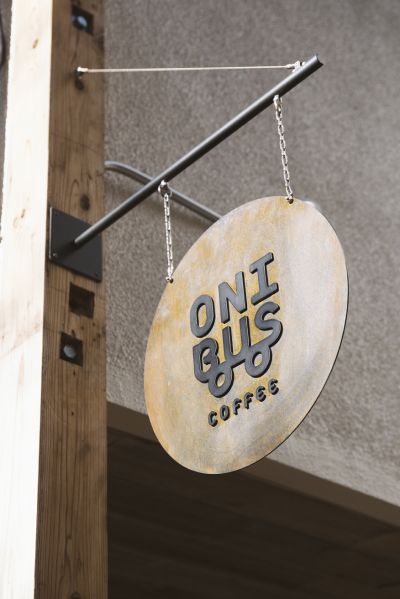
ONIBUS COFFEE enjoys a high reputation in Tokyo.
The four stores have different names and types, but their purposes remain the same, that is, Hiroshi Sakao attaches great importance to the connection and communication between people. This is the meaning of "ONIBUS". It means "bus" in Portuguese, which can carry many people's buses and connect different people with different cultural languages. In addition, he hopes to help coffee producers, customers and staff in their lives, and put forward a proposal on "what a good life you can live." Fortunately, he was the only one to open the store, and with his success, RATIO coffee & cycle has been able to work with large companies and become more powerful in conveying coffee culture and ideas.
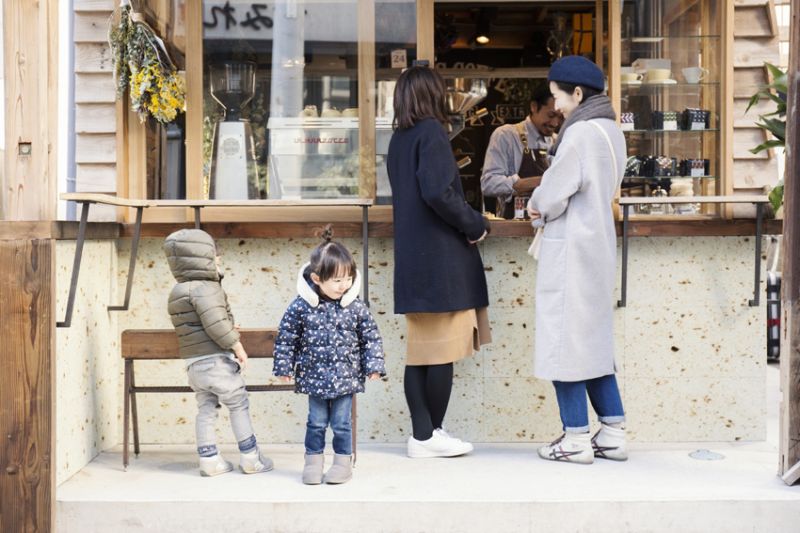
Sharing the beauty of coffee is the founding purpose of ONIBUS COFFEE.
Instead of limiting yourself to the so-called "craftsman", besides the delicious coffee made by Hiroshi Sakao, it is even more touching to share and convey the good thoughts and actions of life. What is a quality life? This is not a slogan, he and his employees start with themselves. There are many convenience stores in Tokyo, and many people rely on the bento inside for their meals, so they start with their own tongue and refuse the bento in the convenience store. Then Mr. Sakao encouraged employees to go to work by bike and gave them the same transportation subsidy as trams. In addition, since coffee beans are mostly imported from Africa and Central and South America, they are always aware of environmental protection, social awareness and other issues, and work with organic ingredients, as well as craft beer that insists on self-taste and emphasizes differences. The second store is called ABOUT LIFE, which Mr. Sakao said is not just the life of the employees, but also the life of everyone who comes to the store.
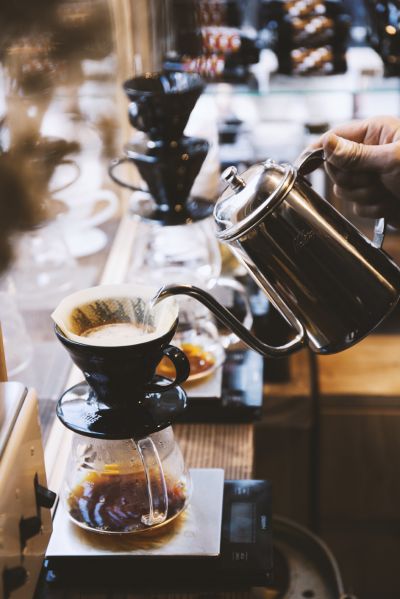
During the steaming period of hand-brewed coffee, ONIBUS COFFEE Sakao Tomoshi will use a spoon to stir the coffee powder, which is more refreshing and lasting than imagined.
Insisting on the good taste of coffee there is a golden proportion of hand-brewed coffee.
"pick out good coffee beans and bake them with a good taste." this is the insistence of Benedictine Sakao. In order to pick out good materials, he personally goes to coffee farms in Africa and Central and South America to choose them every year, and in order to live up to the good quality of coffee beans, he will use computer software to monitor the temperature changes during baking for quality consistency.
When brewing, Sakao Benedictine used to use Hario V60 cone filter cup, it is not necessary to this brand model, the key point is that hot water can easily penetrate. Hiroshi Sakao has a set of scientific numbers on how to make a good cup of coffee by hand. Thirteen grams of coffee beans should be ground before drinking, and then steamed with 40 to 50 grams of hot water for 30 or 40 seconds. At this time, they will be stirred with an edge spoon to fully mix the coffee powder with hot water to provide extraction. Then draw a circle clockwise from the middle to the outside and inject hot water about four or five times. Make sure that the hot water is in full contact with the coffee powder. The total amount of water injected is about 225 grams, and the overall time is about two and a half to three minutes.
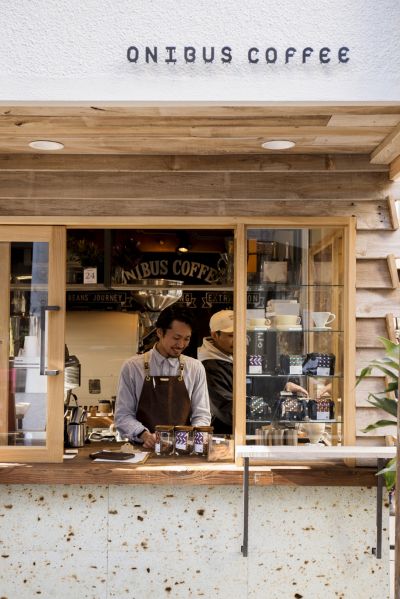
What Hiroshi Sakao cares about is a good cup of coffee that reflects the owner's ideas.
"dry coffee is like a beehive with many holes. Stirring with a spoon allows water to seep into the coffee, just like washing clothes," Sakao said with a smile. However, he cautioned that it is important to master the proportion of ingredients in the process of hand brewing, but what is more important is "what kind of coffee do you want to brew?" and "the taste of hand-brewed coffee comes from the way it is made by hand, and the use of utensils is influential, but not that great. "
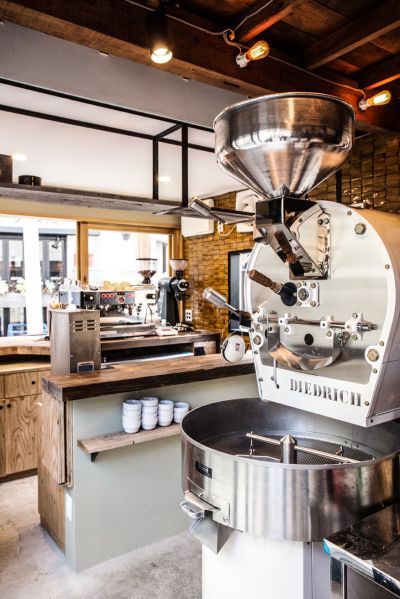
In order to maintain the consistent quality of coffee, there is a scientific basis for baking beans and brewing coffee.
Coffee producing areas observe that coffee is a common language across national boundaries.
When promoting the boutique coffee culture, Hiroshi Sakao pays great attention to "sustainability" and "pursuit", which is why he regularly goes to the coffee producing areas every year. In terms of traceability, he thinks the Rwandan government has done a good job, and there is an organization similar to the Agriculture Department that will intervene in the management between buyers and exporters. On the other hand, all coffee bean bags exported from Rwanda will have a number indicating the coffee farm, year of production, batch code, etc., so that no matter where the coffee beans are exported, they have a clear production resume. "We can know which country our coffee comes from in Africa, and our mentality will be different, so we can connect with the world, and this is the charm of boutique coffee. "said Hiroshi Sakao sincerely.
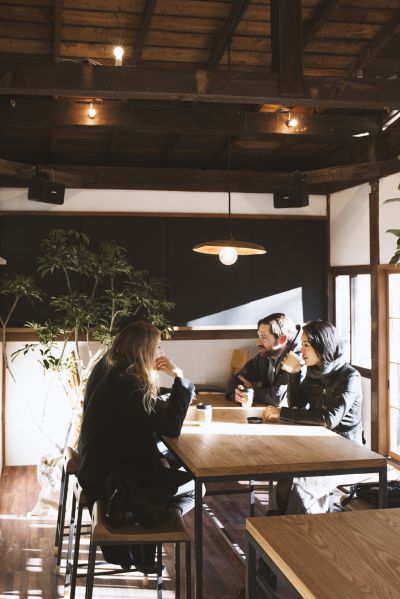
Small in-store space.
However, because he had also been to the producing areas to observe, he said that in fact, local farmers had never drunk coffee made from the coffee beans they planted, but only saw raw beans. A big landowner who had grown coffee in Luanda for 20 years was an example. When Atsushi Sakao took the coffee baked from the raw beans of the local coffee and brewed it for him at the scene, he will never forget the expression of the landlord. "although their language and nationality are different from ours, coffee is a common language. "
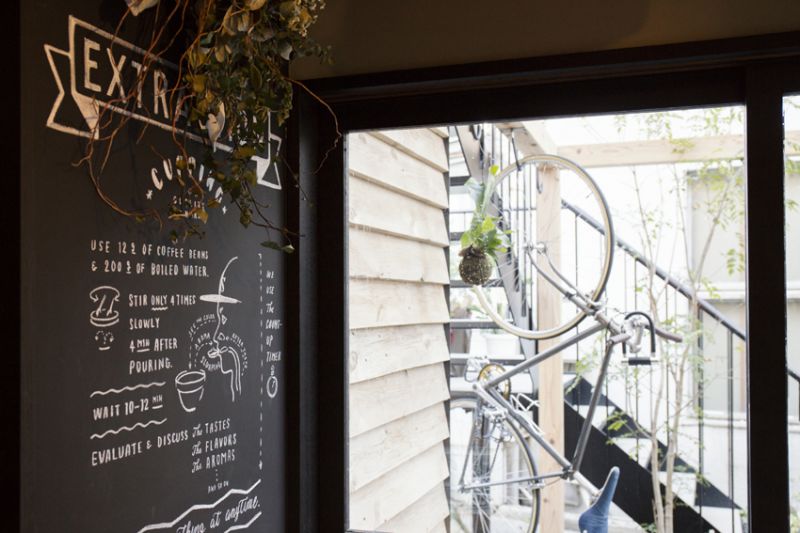
A corner of ONIBUS COFFEE space.
* this article is reproduced from SENSE NO.51 's "eating Ice this Summer"
Important Notice :
前街咖啡 FrontStreet Coffee has moved to new addredd:
FrontStreet Coffee Address: 315,Donghua East Road,GuangZhou
Tel:020 38364473
- Prev
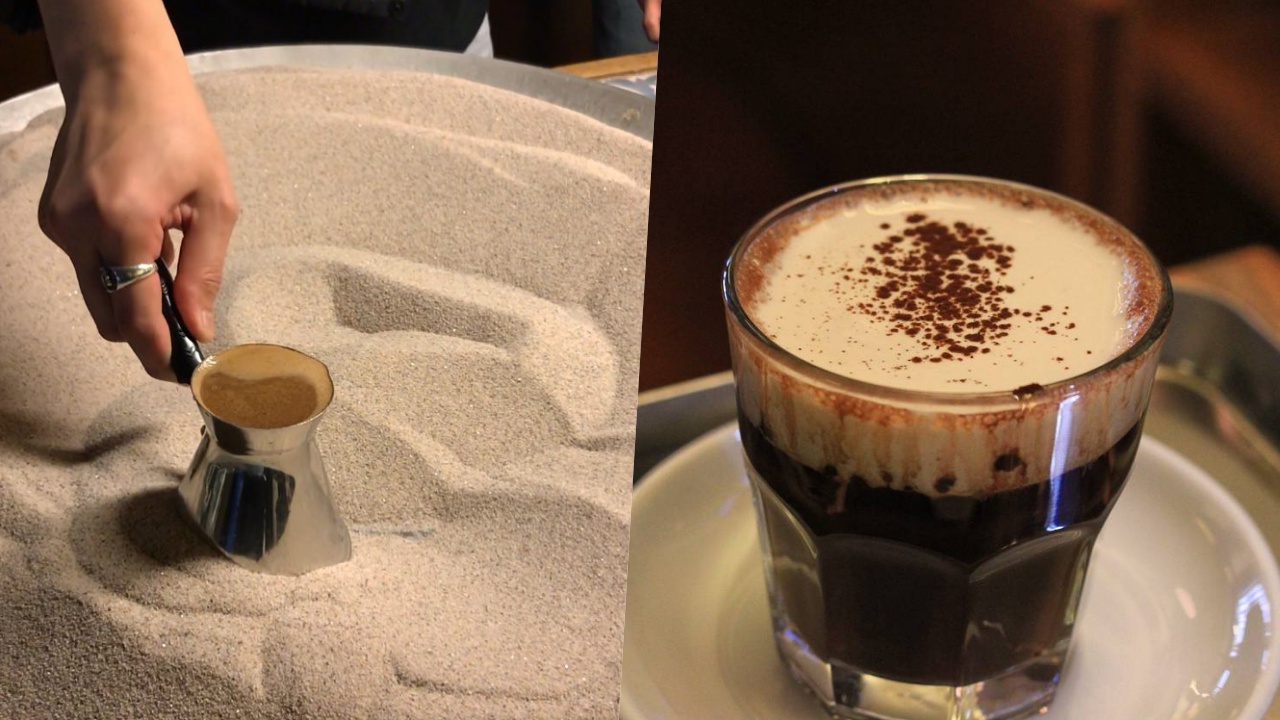
Sand brew coffee?! The super-unique coffee shop on Linyin Road has quickly become a new generation of low-key online celebrity shops!
Exchange of professional baristas Please pay attention to the coffee workshop (Wechat official account cafe_style) 300 degrees Celsius in the hot sand, buried one by one shiny silver coffee pots, inside the boiling coffee is boiling! This coffee shop is called Nontanto, which is a musical term meaning "not too much". It is located on Shinsadong Tree-lined Road, the most literary and artistic bourgeoisie in Seoul. Look at this.
- Next
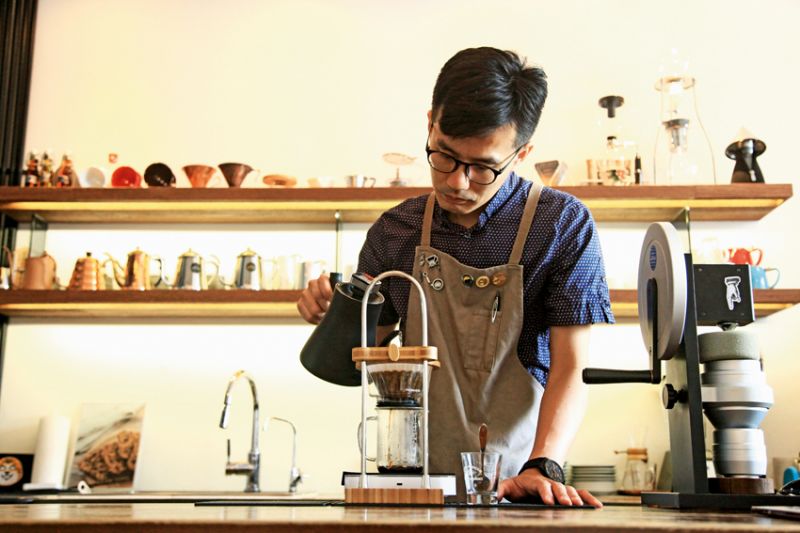
Artisan Cafe Meissen Coffee feels the slow Soul of Professional baristas
Professional barista communication please follow the coffee workshop (Wechat official account cafe_style) Jeremy said that "people" is the soul of the coffee shop. (provided by mountain culture) unlike the pace of life in the business district where people come and go, Renyi Street seems less crowded. Even near the MRT Central Park Station, there is always an air of complacency. It's like Meissen Coffee doesn't open until 12:00 noon every day.
Related
- What documents do you need to go through to open a coffee shop? coffee shop coffee shop certificate processing process
- How to purchase Coffee beans in small Cafe how to choose a suitable supplier for domestic Coffee supply Company
- How to drink Starbucks Fragrance White Coffee? how to make Australian White Coffee? what Italian coffee beans are recommended?
- The Story of Flora Coffee: the name of Flora Coffee Bean and the implication of the Flowers on Florna Coffee
- How much does a cup of coffee cost? How much is the profit of a cup of coffee? What is the profit of the coffee shop in a year?
- Yunnan small Coffee, known as "fragrant Coffee", introduces the characteristics of Alpine Arabica Coffee producing areas in Yunnan, China
- 2023 latest Starbucks full menu price list how much is a cup of Starbucks coffee what is better to drink the most popular hot and cold drinks recommended
- Starbucks different kinds of Coffee Price list Starbucks menu 2023 Top Ten Best drinks in Starbucks
- Starbucks Spring praise Comprehensive matching Coffee Bean theme Story Packaging implication and taste description
- The cost of a cup of coffee latte American coffee cost price and selling price

